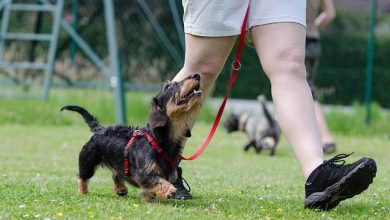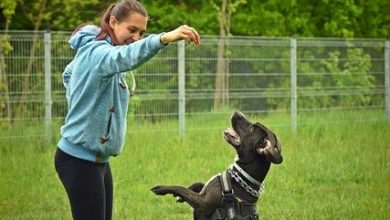Positive reinforcement methods to stop a dog from pulling on the leash
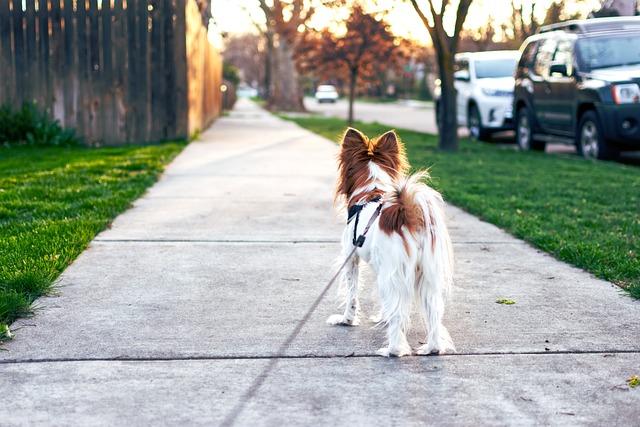
In the serene morning hours, as sunlight dances through the trees, there’s nothing quite like the joy of a leisurely walk with your canine companion. However, this idyllic scene can quickly unravel when your enthusiastic pup transforms the stroll into a tug-of-war match. The challenge of leash pulling is a common struggle for many dog owners, turning what should be a relaxing outing into a test of strength and patience. Fortunately, there are effective and humane solutions to this predicament. Positive reinforcement, a method rooted in rewarding desired behaviors, offers a compassionate approach to teaching your dog to walk calmly by your side. In this article, we will explore a variety of positive reinforcement techniques that not only address the issue of leash pulling but also strengthen the bond between you and your furry friend, making each walk an opportunity for joy and connection.
Understanding the Canine Perspective: Why Dogs Pull on Leashes
From a dog’s point of view, the world is a tapestry of tantalizing scents, curious sounds, and captivating sights. This sensory overload can often make a simple walk feel like an exhilarating adventure, leading to the irresistible urge to explore everything at once. Dogs pull on leashes for a variety of reasons, including:
- Curiosity: The overwhelming desire to investigate a new scent or sound.
- Excitement: The thrill of being outdoors and experiencing freedom.
- Instinct: Natural instincts to chase, hunt, or lead.
- Communication: Attempting to show you something or lead you in a specific direction.
Understanding these motivations can help in crafting effective training strategies. By acknowledging the instinctual behaviors of our furry friends, we can use positive reinforcement techniques to gently guide them towards more controlled and enjoyable walks. This not only improves the walking experience but also strengthens the bond between dog and owner.

Harnessing Motivation: Reward-Based Techniques for Better Walks
One of the most effective ways to transform your daily dog walks is by utilizing reward-based techniques that encourage positive behavior. By reinforcing good habits, such as walking calmly beside you, you can gradually eliminate the unwanted behavior of leash pulling. Here are some strategies to consider:
- Clicker Training: Use a clicker to mark the moment your dog is walking nicely by your side. Follow the click with a treat to strengthen the association between the sound and the reward.
- Treat Incentives: Keep a small pouch of treats handy. Whenever your dog maintains a loose leash, offer a treat as a reward. This helps your pet understand that staying close earns them a tasty incentive.
- Stop-and-Go Method: If your dog starts to pull, stop walking immediately. Wait for your dog to relax the tension on the leash, then resume walking. Reward them with praise or a treat when they walk without pulling.
- Consistency and Patience: Consistency is key. Regularly apply these techniques, and remain patient. Over time, your dog will learn that pulling doesn’t get them where they want to go, but walking calmly does.
These techniques not only foster a more enjoyable walking experience but also build a stronger bond between you and your furry friend. By focusing on positive reinforcement, you create a foundation of trust and understanding, leading to more harmonious walks.
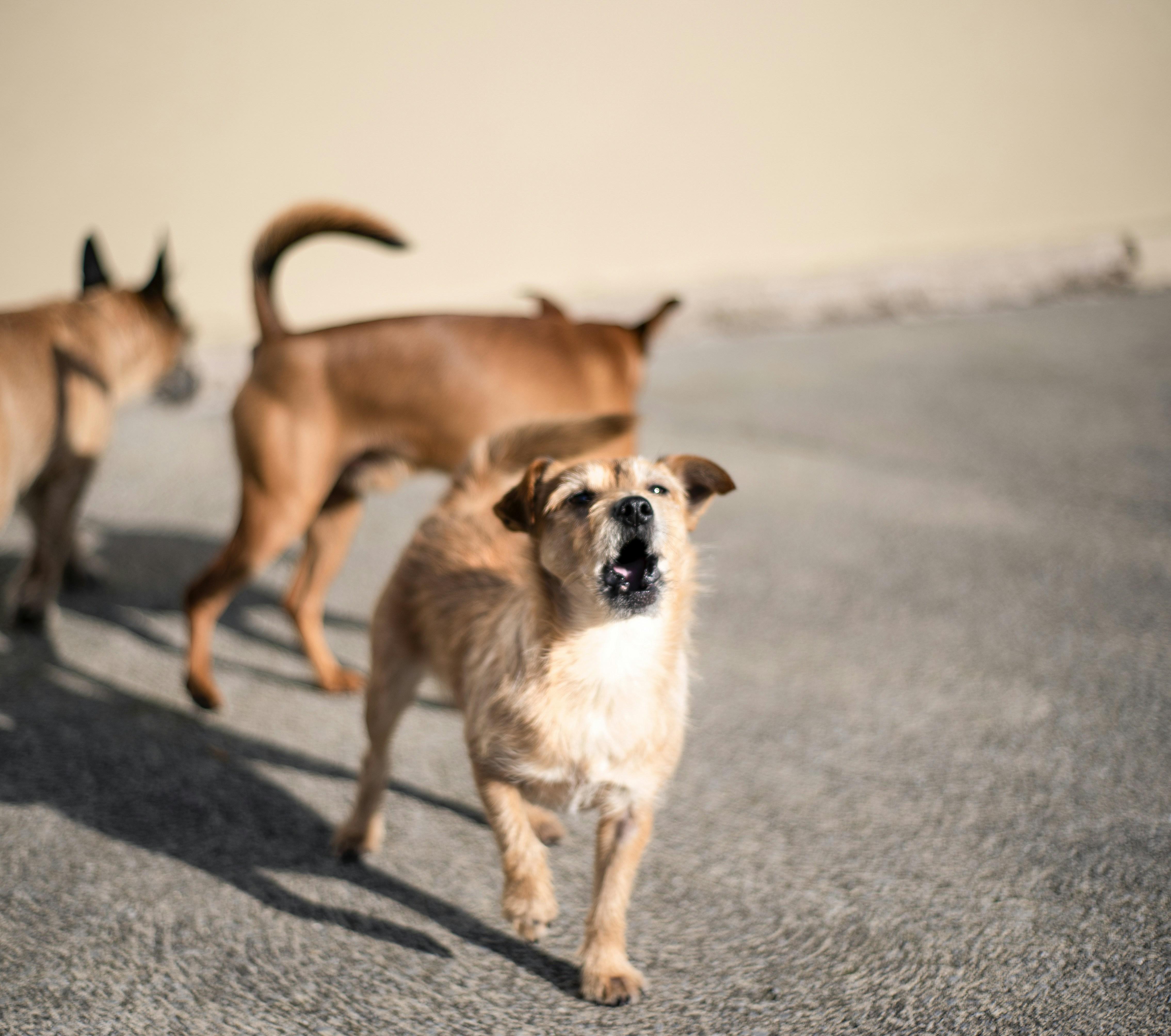
Training Tools and Techniques: Finding the Right Fit for Your Dog
Training your dog to walk calmly by your side can be a rewarding journey when using the right tools and techniques. Positive reinforcement is a highly effective method that encourages desired behavior by rewarding your dog for making the right choices. When addressing leash pulling, it’s crucial to have a few tools and techniques at your disposal:
- Clicker Training: A clicker can be an excellent tool to mark the exact moment your dog is walking nicely without pulling. The sound of the clicker followed by a treat helps your dog associate calm walking with positive outcomes.
- Treat Pouch: Having a treat pouch on hand ensures that you can quickly reward your dog when they respond correctly. This immediate reinforcement helps solidify the behavior you want.
- Harness: Opt for a front-clip harness that discourages pulling by redirecting your dog’s attention towards you. This can make it easier for your dog to understand what is expected of them.
- Short Training Sessions: Keep training sessions short and focused. Frequent breaks ensure your dog remains engaged and prevents frustration for both you and your pet.
By integrating these tools into your training routine, you can create a positive learning environment that makes leash training an enjoyable experience for both you and your dog. Remember, consistency and patience are key to achieving long-term success.
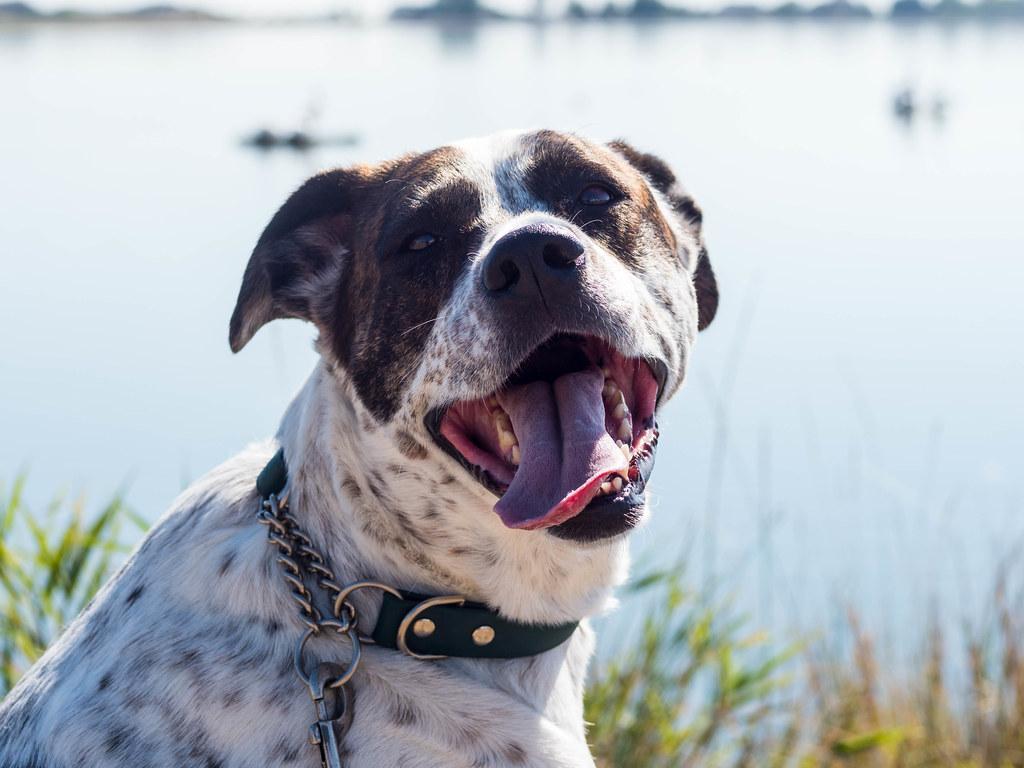
Consistency and Patience: Keys to Successful Leash Training
When embarking on the journey of leash training, two vital components are consistency and patience. Training a dog to walk politely without pulling requires regular practice and a calm demeanor. Establishing a routine where training occurs at the same time each day can help your dog anticipate and understand the expectations. Equally important is maintaining a steady and patient approach, as every dog learns at their own pace. Rushing the process or displaying frustration can lead to confusion and setbacks.
- Consistency in Commands: Use the same cues and commands each time you train, like “heel” or “easy,” to build a clear association in your dog’s mind.
- Patience in Progress: Celebrate small victories, whether it’s a few steps without pulling or responding to your call.
- Steady Reinforcement: Reward desired behavior consistently with treats or praise, reinforcing the positive actions you wish to see.
By embracing these principles, leash training becomes a more rewarding experience for both you and your canine companion, laying the groundwork for a lifelong understanding and bond.
